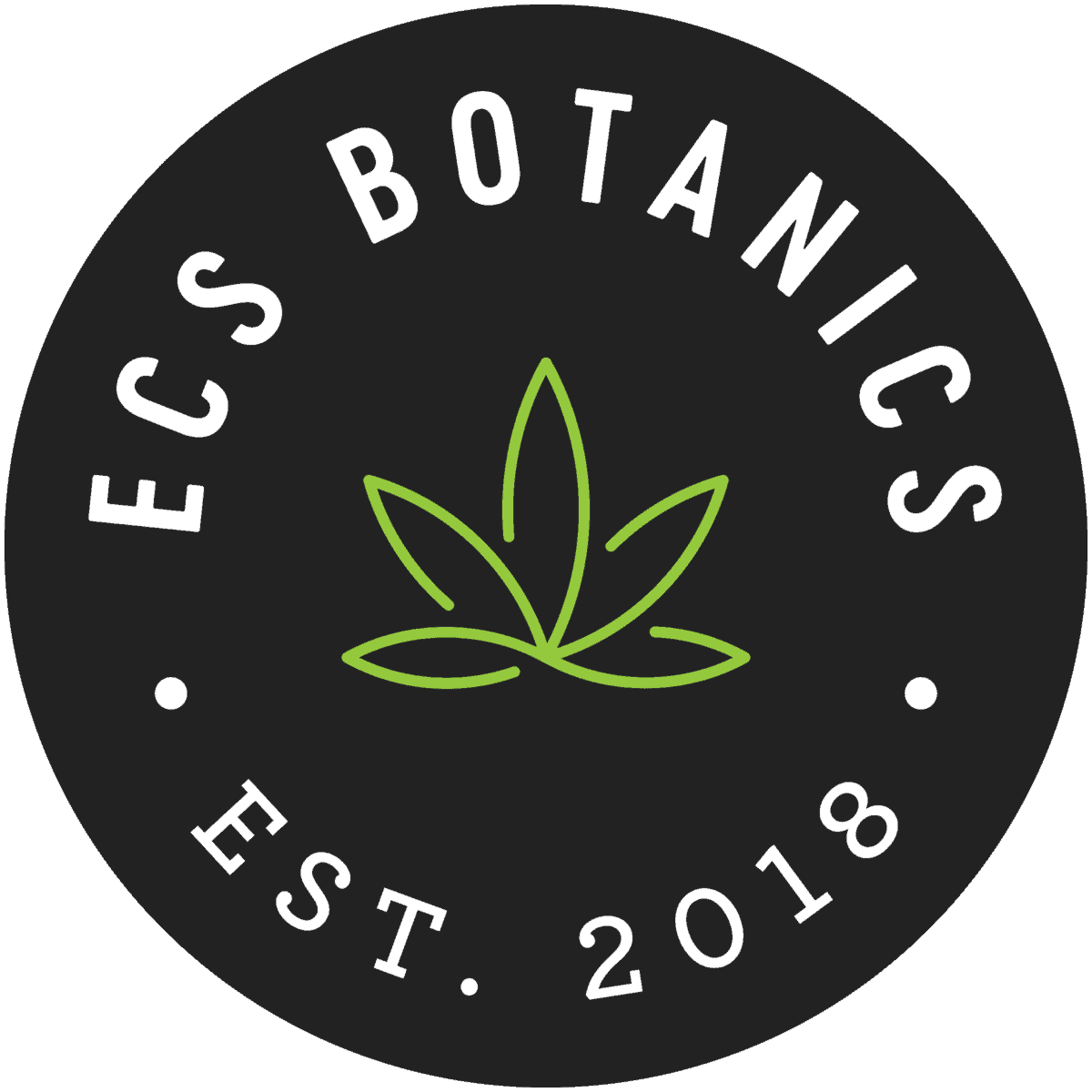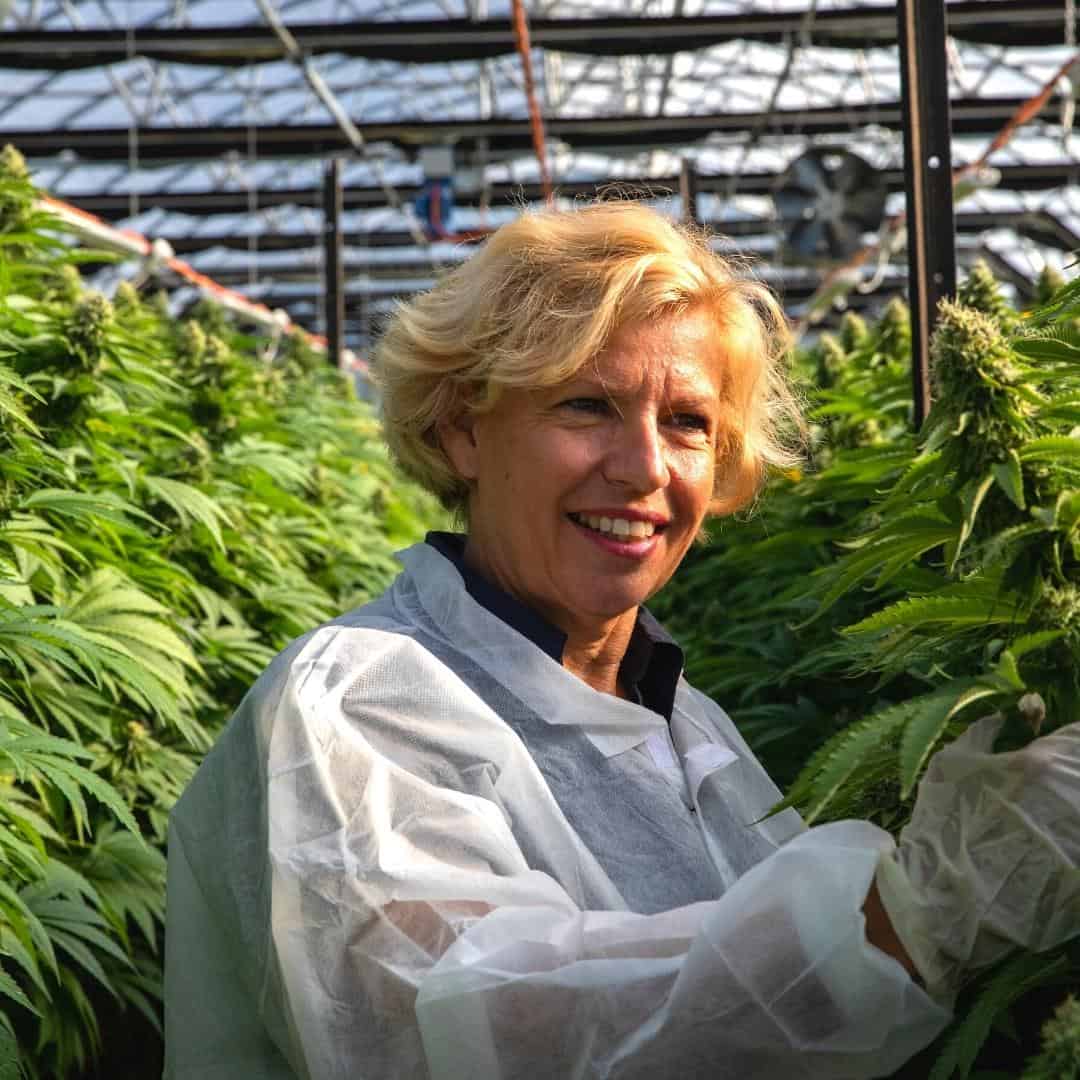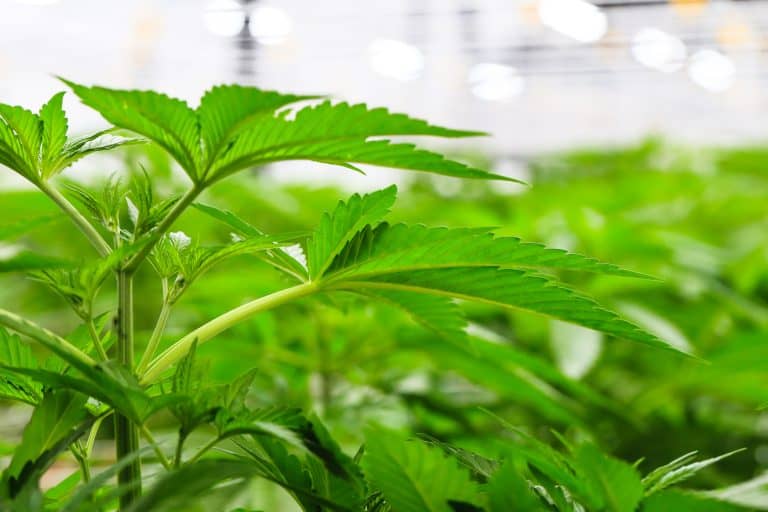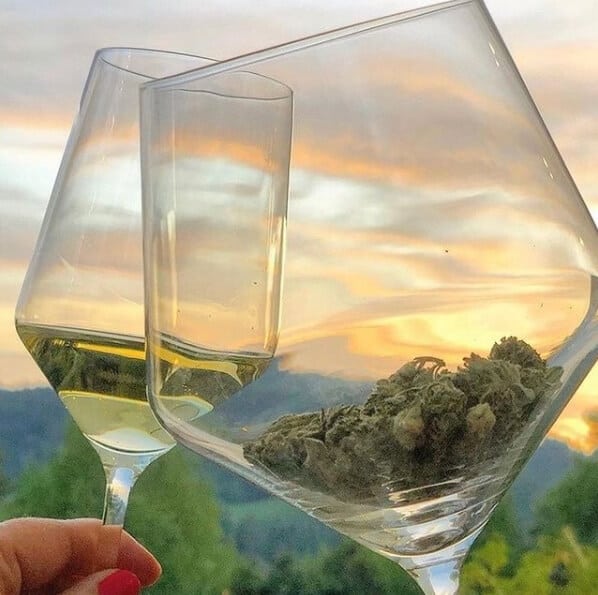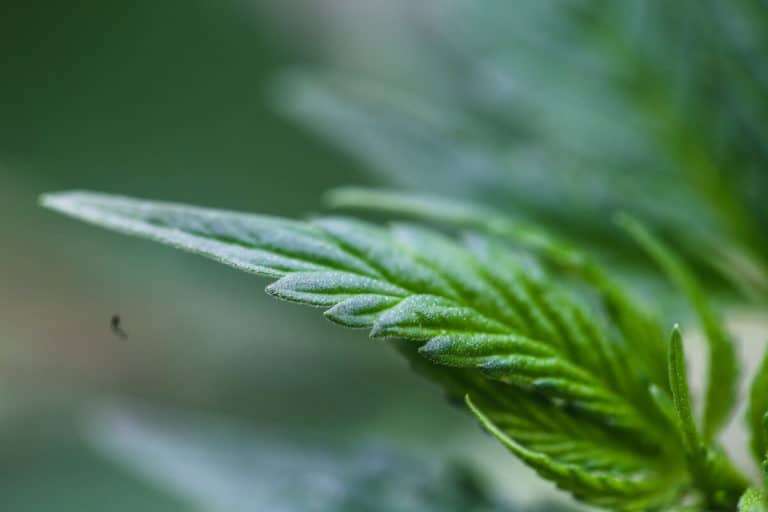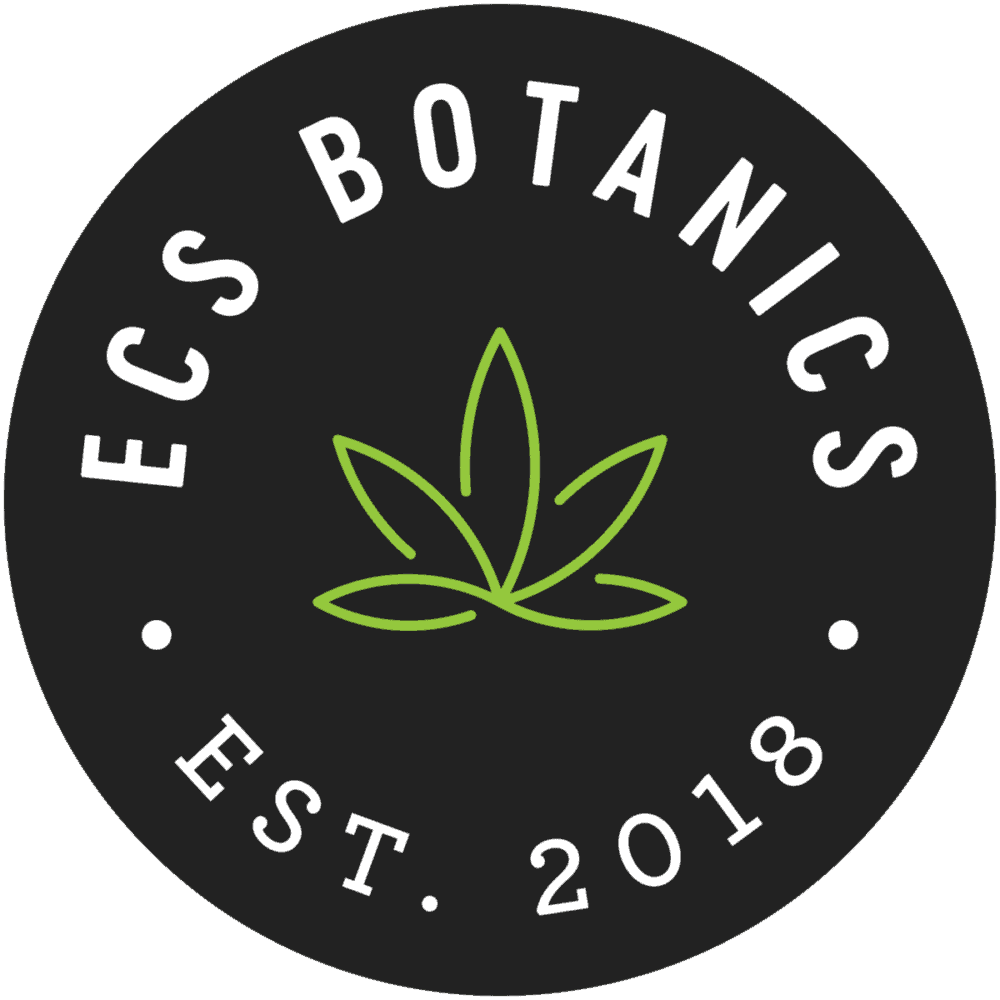‘Our first cannabis crops failed, but we learned along the way’
Having a regulatory compliance expert for a husband may have kick-started her cannabis career, but Nan-Maree Schoerie is ploughing her own path in the industry. In the first of a two-part interview with Cannabiz, she tells of the early days of Murray Meds and explains why greenhouse growing is no longer sustainable in Australia.
Sometimes in business, it really does pay to know the right people.
For Nan-Maree Schoerie, it was the founder of pharmaceutical consultancy, PharmOut, who proved a useful contact.
In 2016, when medicinal cannabis was legalised in Australia, PharmOut began providing guidance for cannabis start-ups grappling with the regulatory complexities and cultivation dilemmas of a nascent industry.
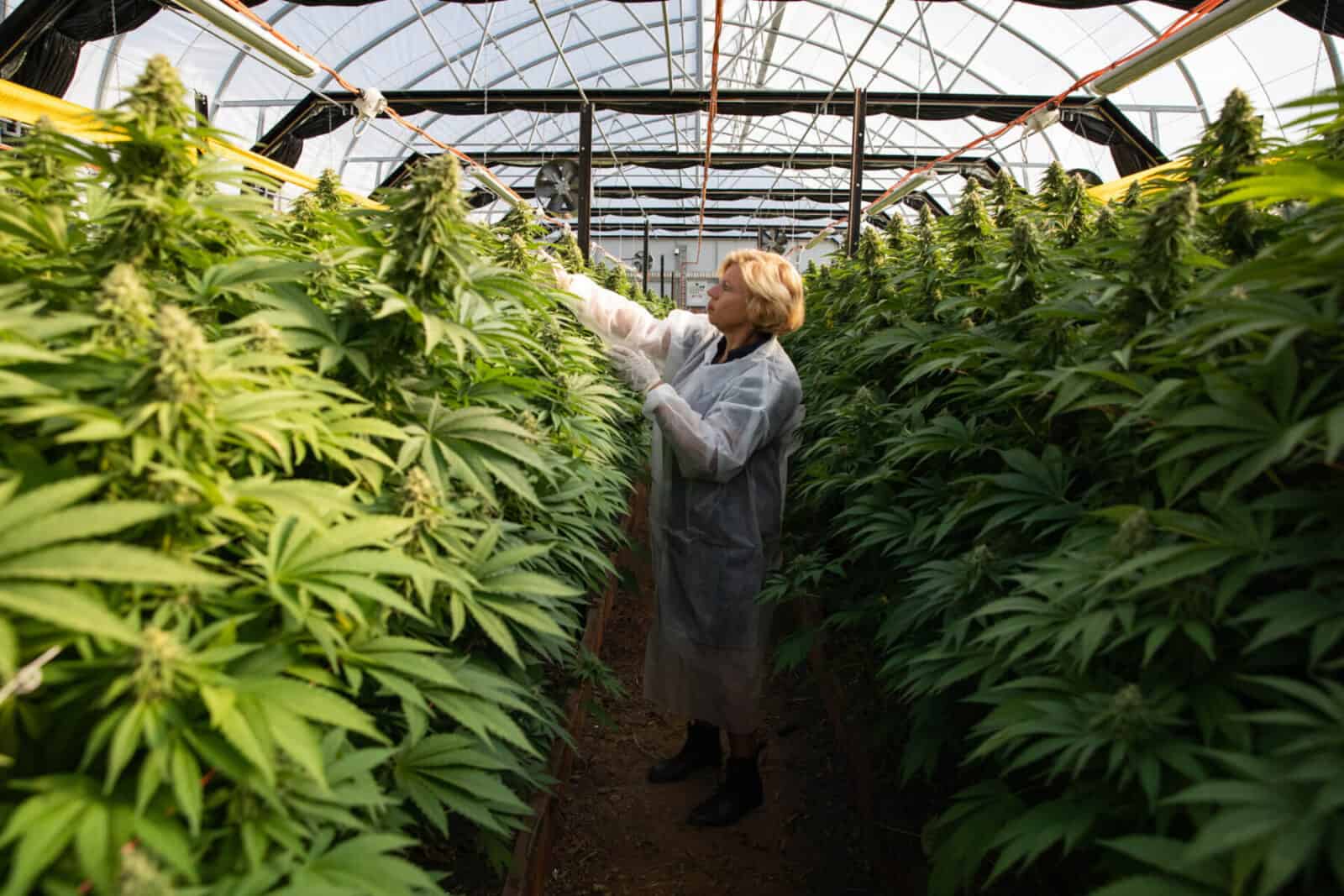
So when Schoerie, a cannabis novice at the time, decided to enter the sector in early 2019, her contact at PharmOut proved priceless. Oh, and he also happened to be her husband. Advice was not in short supply.
“I’d spent 25 years running large multinational companies, but I grew tired of the corporate world and all that came with it, especially the late-night calls and telephone conferences,” says Schoerie. “But I didn’t really have a strategy, I wasn’t sure what I was going to do next.”
But as she listened to husband Trevor’s own late-night telephone calls and the advice imparted to cannabis firms as far afield as Portugal and their native South Africa, her intrigue grew.
“I guess that’s where the interest came from, just listening to Trev giving advice to people who wanted to invest in fancy elaborate greenhouses.
“I thought, you know what, Trev talks a heap of sense, why don’t I do that and get into cannabis?”
Mining the extensive knowledge under her own roof, Schoerie set about finding a location with the right climate, soil and humidity to support the cultivation of cannabis.
She settled on Victoria’s Swan Hill district, on the banks of the Murray River. With an ambition to cultivate THC cannabis strains, Murray Meds was born.
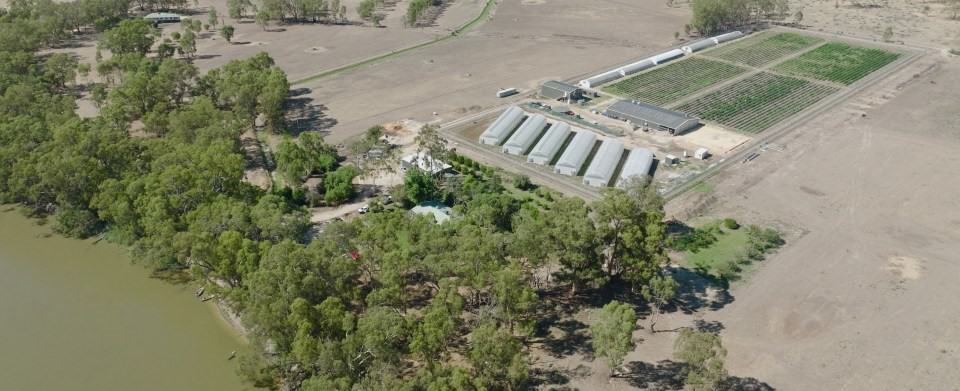
As an experienced c-suite executive, Schoerie was unfazed by the challenge.
“I don’t have a pharmaceutical background, I’m a chemist by training, but I’ve always loved growing things,” she tells Cannabiz. “And I’ve always believed that business is not about being an expert in what you do, but making sure you have experts in your business and letting them do what they need to do.
“My role is to be a leader. I have people who are good at GMP, who are good at production and cultivation, and I am here to support them.
“That said, I’ve been in the business now for three years and I think my knowledge of cultivation, drying, trimming and curing cannabis crops is probably on a par with a lot of people out there because it’s still a relatively new industry.”
Back pocket
Her husband’s business played a pivotal role in both the design and delivery of the Victoria facility, and guiding it through the labyrinthine licence and compliance application process with the Office of Drug Control (ODC).
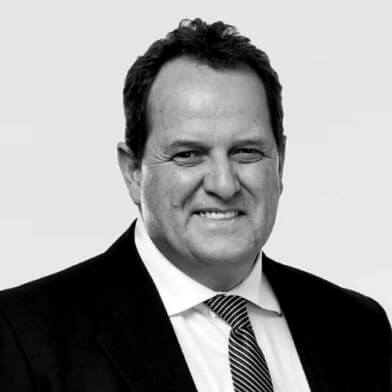
Construction of the facility was nearing completion when manufacturing, cultivation and research licences were approved, and permits received from the ODC. The relatively speedy 12-month process was “pretty much unheard of at the time”, Schoerie recalls. TGA GMP licences for manufacturing, drying and packing flower followed in due course.
“We built ahead of getting the licences, but I knew we’d get them because I had PharmOut in my back pocket!” she laughs. “And I listened. Not to be critical of anyone, but I’ve learned that you engage an expert and you listen to them, and that’s what I did.
“I didn’t try to argue, possibly because I didn’t have a lot of knowledge myself, but I was very happy to take guidance, to take advice and just make it happen.”
Cannabis Crops: Beware the frosts of May
The focus for Murray Meds was THC and, initially, biomass. Following a search for a “big company I could trust” that could demonstrate the “science behind what they were doing”, seeds were imported from Spain, and, in March 2020, those seeds were planted.
Yet two months later, excitement turned to disappointment in the dispiriting form of a failed crop.
“We tried autoflower and got them in the ground in late March and they did really, really well,” Schoerie recalls. “And then the frost came in late May and it was all over. The plants were in the early stages of flower and just couldn’t handle it.”
While it was a harsh lesson learned, Schoerie knew she was planting at a potentially risky time of year, a result of the late arrival of seeds from Europe.
The decision to press ahead with the seed sowing as winter approached was also influenced by the onset of Covid, with Schoerie reluctant to let down the “young people who had left their jobs to come and join us”.
“I decided we would go ahead and plant, and learn, so it certainly wasn’t wasted time,” she says. “After that we planted when you would ordinarily plant, in August.”
It wasn’t long before Murray Meds was producing oils and flower for Australian customers from their cannabis crops, having learned that flower represented a superior commercial opportunity than biomass.
“We started off wanting to focus on biomass, but not long into the Murray Meds journey we realised we could grow very good quality flower and that the biomass market was a lot tougher and smaller than the flower market, particularly if you’re going to go into Europe,” she says. “So we pivoted to flower.
“We had some protective cropping and the flower that came out was so good. Also, there was already high and growing demand in Australia for flower. It was pretty quick to transition and to sell oils and flower into the Australian market. And even though we started later than many companies, we were among a handful – maybe only three – that had product to sell in the market. Everyone else was importing.”
Then, in early 2021, ASX-listed hemp food and wellness company ECS Botanics came knocking.

“We were approached by a few interested parties as our first crop came into maturity with proven quality and yield, and that led to the decision to join a listed entity to allow us to accelerate growth to meet demand,” says Schoerie.
While the Murray Meds name has since been folded into ECS, that business model – to match supply with demand – remains the same.
Schoerie says the speculative “build it and they will come” approach was not one she favoured. But the preferred alternative is not without its frustration, she concedes.
“We are constantly chasing ourselves to get more product out to meet our customer demand,” she says. “It can be frustrating because you know that if you had more product you could sell more. But it’s also a good place to be because we know we are fully utilising our resources and the asset.
“The challenge is to grow as quickly as we can without running into trouble in terms of over-committing resources.”
The Victoria operation has capacity to produce four tonnes of cannabis, with current production of around 2.5 tonnes. With the total site occupying 170 acres, the opportunity to expand is clear.
What is also clear is the value Murray Meds has brought to ECS. In the quarter ending March 2022, medicinal cannabis was expected to contribute 80% of ECS’s A$2 million revenue, with food and wellness, which is produced out of Tasmania, contributing just 20%.
Medicinal cannabis is where ECS is directing most of its resources.
Outdoor v greenhouse
Despite the cannabis crops wrecking experience of an early frost, Schoerie is a firm advocate of using Australia’s natural climate to grow cannabis, arguing previously that there is “mounting evidence” to suggest “full-spectrum sunlight has enhanced secondary metabolites” and increases the potential benefits for patients.
The “unnecessary waste” of greenhouse growing is also a major factor in the firm’s regenerative and organic approach to farming, she explains.
“We grow our flower in protective cropping, so it’s not a fancy greenhouse, but it’s also not basic outdoors, it’s somewhere in the middle and is working well for us,” she says. “And the reason it’s working for us is that it’s a warm, dry climate and we don’t have challenges with mould or humidity that you have with greenhouses.”
Not that such growing methods are immune from challenges. A wind storm, or some other natural extreme weather front, creates a “world of pain”, Schoerie admits.
“Do I think the plant is any better or worse grown indoors or in a greenhouse? There’s pros and cons of each,” she adds. “I just think that where we live it makes no sense to grow in greenhouses. In Canada or Europe, it makes absolute sense, but not in Australia where we get lots of sunshine.
“There is also the element of sustainability. I’ve become a lot more thoughtful around what we do to the environment and making sure we do good business in all senses, not just in the financial sense. So anyone who has a greenhouse that requires enormous amounts of energy to heat or cool it, or for lighting, I look on that as unnecessary waste.
“We do regenerative and organic farming and try to have a low carbon footprint. Alex (ECS Botanics MD Alex Keach) and I are on the same page in that we see our approach as the way of the future, and that energy-intensive cultivation is probably not sustainable in the long term.”
In the second part of our exclusive interview, Nan-Maree Schoerie talks about the growth of ECS and how the cannabis industry can develop in Australia.
Written by: Cannabiz
